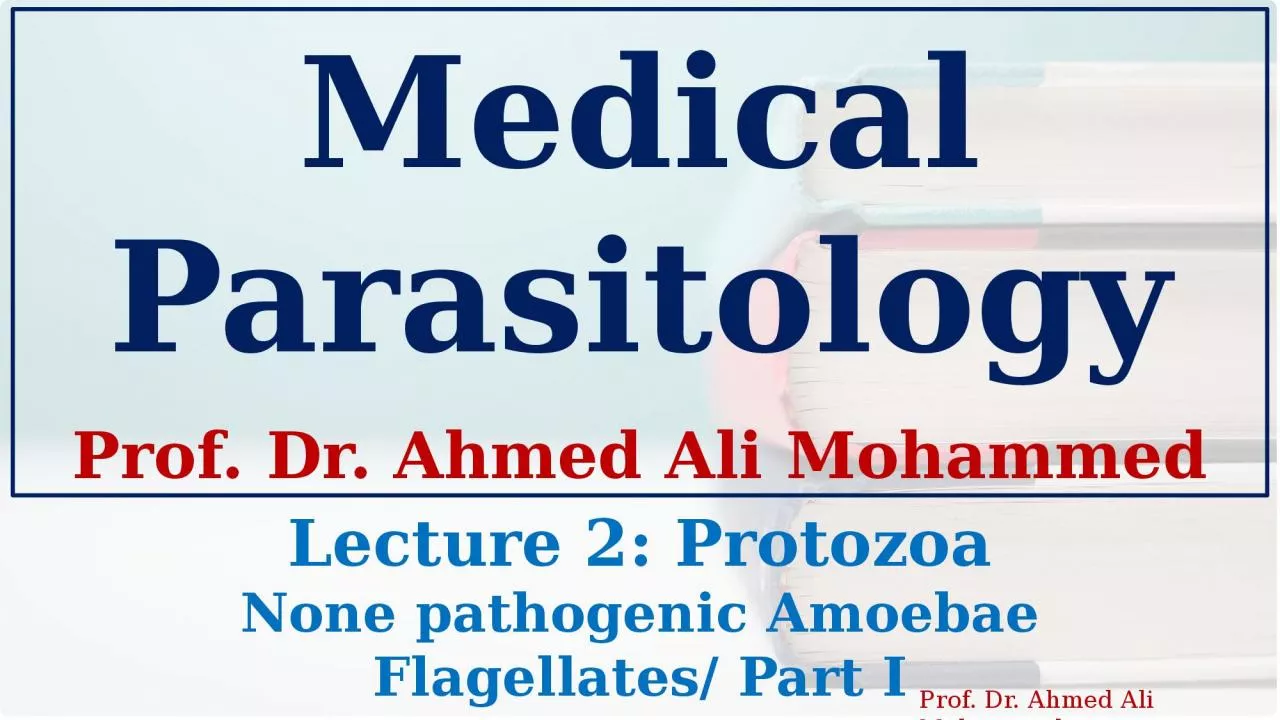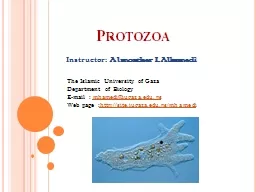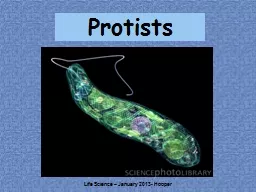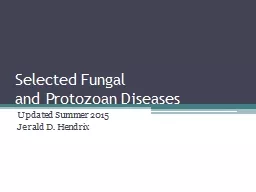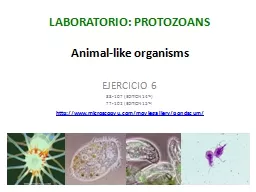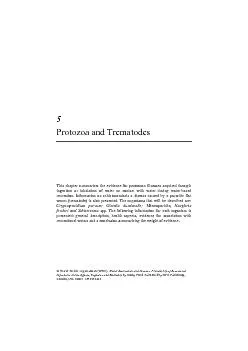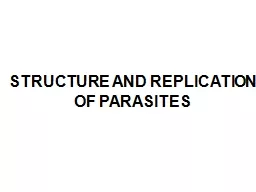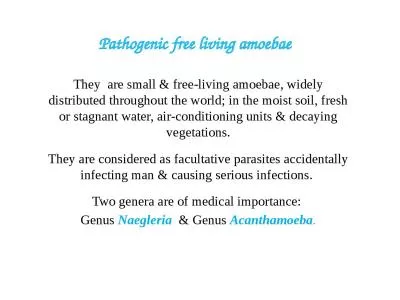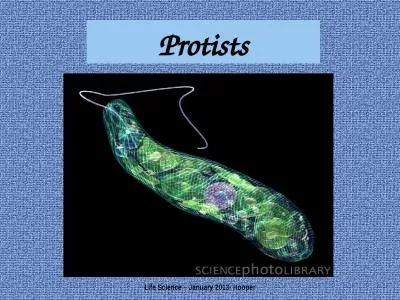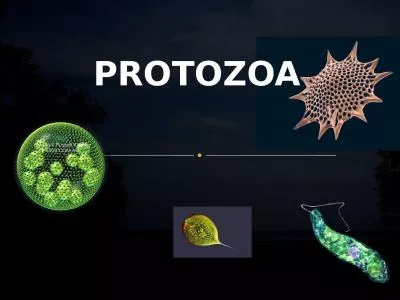PPT-Lecture 2: Protozoa None pathogenic Amoebae
Author : alis | Published Date : 2024-02-03
Flagellates Part I Medical Parasitology Prof Dr Ahmed Ali Mohammed Nonpathogenic Amoebae A number of species of the genus Entamoeba are of worldwide distribution
Presentation Embed Code
Download Presentation
Download Presentation The PPT/PDF document "Lecture 2: Protozoa None pathogenic Amoe..." is the property of its rightful owner. Permission is granted to download and print the materials on this website for personal, non-commercial use only, and to display it on your personal computer provided you do not modify the materials and that you retain all copyright notices contained in the materials. By downloading content from our website, you accept the terms of this agreement.
Lecture 2: Protozoa None pathogenic Amoebae: Transcript
Flagellates Part I Medical Parasitology Prof Dr Ahmed Ali Mohammed Nonpathogenic Amoebae A number of species of the genus Entamoeba are of worldwide distribution but do not appear to cause disease The knowledge of these species is of value in differentiating the harmless commensals from potentially pathogenic E . NO PAPER CODE E PAPER CODE F PAPER CODE G PAPER CODE H 10 NONE 11 12 13 14 15 16 NONE 17 18 19 20 21 22 23 24 25 26 27 28 NONE 29 30 NONE 31 32 33 34 35 36 37 38 39 40 41 42 43 44 45 4 Instructor: . Almonther. I. . Alhamedi. The Islamic University of Gaza. Department . of . Biology. E-mail : . mhamedi@iugaza.edu.ps. Web page :. http. ://site.iugaza.edu.ps/mhamedi. Phylum- protozoa. Life Science – January 2013- Hooper. What is a Protist?. Protists. are eukaryotes (organisms whose cells have a nucleus). that cannot be classified as plants, animals, or fungi.. Additionally, all protists live in moist surroundings.. and Protozoan Diseases. Updated . Summer 2015. Jerald D. Hendrix. Properties of the Fungi. Basic . properties. Single celled (yeast) or filamentous (molds; fleshy fungi). Filaments are called hyphae (singular: hypha). Animal-like organisms. EJERCICIO 6. 88-107 (EDITION 14. TH. ). 77-102 (EDITION 15. TH). . http://www.microscopyu.com/moviegallery/pondscum. /. . Goals for today. Learn to use the microscope. Learn to recognized the various protozoan phyla.. Animal-Like Protists:. The Protozoa. Evolutionary Perspective of the Protists. The protists are a polyphyletic group that arose about 1.5 billion years ago when the Archaea and Eukarya diverged.. Our understanding of the evolutionary relationships among protists is currently in flux . Protozoa and Trematodes The incubation period is normally between seven and ten days (range 4 to 28 days) (Hunter 1998). Infectivity The infective dose of oocysts for humans is unknown but probably PROTOZOA:. Protozoa are . unicellular organisms . that occur singly or in colony formation.. Each . protozoon. is a complete unit capable of performing the physiologic functions that in higher organisms, are carried on by specialized cells.. . Protozoa. Entamoeba. . histolytica. Entamoeba. . histolytica. A. Trophozoites. Irregular shape.. Transparent ectoplasm. Granulated endoplasm. small nucleus with . . perinuclear. chromatin dots, . One-celled animal-like organisms. Found in decayed materials. Found in animal or bird feces. Found in insect bites. Found in contaminated water. Many have flagella. African sleeping sickness. Amebic dysentery. (Protozoa). All . are unicellular heterotrophs. . Nutrition . by ingesting other organisms or dead organic material. . Some organisms are parasitic, since they cannot actively capture food. They must live in an area of the host organism that has a constant food supply, such as the intestines or bloodstream of an animal. . They. . are small & free-living amoebae, widely distributed. throughout the world;. in the m. oist . soil, fresh or stagnant water,. air-conditioning units & decaying vegetations.. They are considered as facultative parasites accidentally infecting man & causing serious infections. . What is a Protist?. Protists. are eukaryotes (organisms whose cells have a nucleus). that cannot be classified as plants, animals, or fungi.. Additionally, all protists live in moist surroundings.. A Kingdom of Diversity. . : . Proton . = . pertama. . (. satu. ) + . Zoon = . hewan. ). . Ciri-ciri. . khusus. :. . Kecil (. berukuran. 0,0002 mm . sampai. 0,0003 mm), . biasanya. . terdiri. . atas. . satu. .
Download Document
Here is the link to download the presentation.
"Lecture 2: Protozoa None pathogenic Amoebae"The content belongs to its owner. You may download and print it for personal use, without modification, and keep all copyright notices. By downloading, you agree to these terms.
Related Documents

